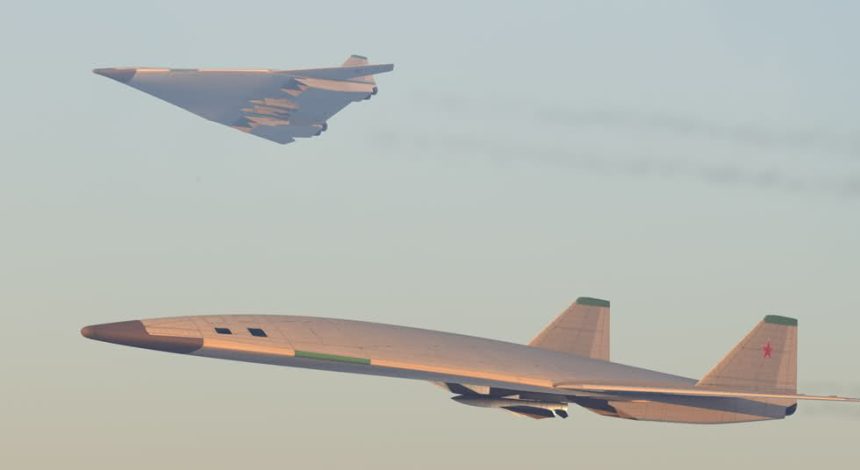This last week has been pretty hectic in terms of next generation concepts: Boeing unveiled the updated version of the F/A-XX sixth-generation fighter concept, Lockheed Martin’s Skunk Works released a new UCLASS Concept video and, after some years of evaluation and study, Russia’s PAK-DA conceptual design was given the official approval.
In a meeting with Russian lawmakers, Air Force Commander Lt. Gen. Viktor Bondarev said that all the relevant document were signed allowing the industry to begin the development of systems for the plane.
With its flying wing shape and radar-evading capabilities, the subsonic PAK-DA is destined to replace Moscow’s aging fleet of 63 Tu-95 Bear and 13 Tu-160 Blackjack strategic bombers.
According to the RIA Novosti, Russian Air Force commander insisted that the aircraft will be equipped with advanced electronic warfare systems and armed with new nuclear-capable long-range cruise missiles, and will be able to carry a wide array of conventional precision guided weapons.
The new plane will enter production stage by 2020 with the first bomber in active service by 2025-2030 timeframe.
The PAK-DA will not be hypersonic (even if it will probably carry hypersonic missiles) as opposed to the American X-51, Falcon HTV-2 and other hypersonic development programs on which U.S.’s perspective strike capability will be based.
A “sixth-generation” pilotless strategic bomber based on the PAK-DA could came around 2040-2050.
Top image shows PAK-DA concept. It’s not believed to be an official image and it may not depict the plane as it is intended to be. According to some readers, it may be Sukhoi T-4MS design which lost out to the Tu-160 Blackjack in 1970.














